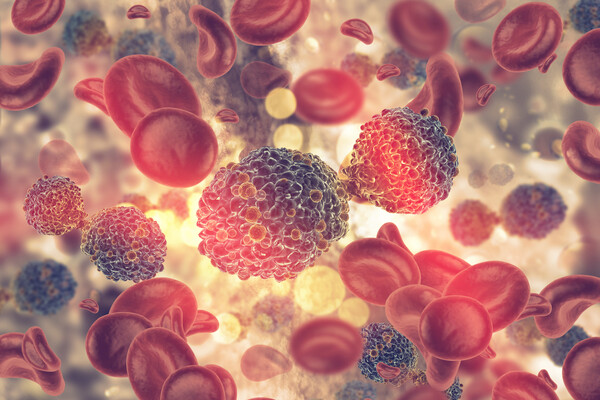CAR-T (chimeric antigen receptor-T cell) therapy, often referred to as the dream cancer drug, is a treatment for patients with cancers for which there are currently no other options.
What are the results of CAR-T treatment for cancer patients who are at a dead end, then?
"At least, the current data shows that about two-thirds of cancer patients are completely cured," said Professor Park Yong of the Department of Hematology at Korea University Anam Hospital (KUAH) and head of the hospital’s CAR-T Anticancer Treatment Center, on the YouTube channel, Korea University Hospital.

The reason why CAR-T therapy is so effective for cancer patients who no longer have a cure is that it takes T cells that can kill cancer cells from the body, equips them with the ability to find cancer cells, and then puts them into the body.
"Immune cells are divided into B and T cells, each having a role. T-cells are known to play the biggest role in killing cancer cells," Professor Park said. "Cancer patients have cancer that has advanced to a certain degree in the body, and the ability of T-cells to kill cancer has been reduced or lost for some reasons."
CAR-T therapy is a treatment that takes the T cells out of the body, genetically engineers them to recognize cancer cells, and then puts the engineered T cells back into the body to induce the process of killing cancer cells, Park explained, adding that it's a little bit different from the various medications and surgeries that we usually do in the hospital.
CAR-T treatment removes the T-cell-specific portion of a patient's circulating white blood cells. Professor Park noted that the white blood cells are then sent to a factory, where they are genetically engineered to identify cancer cells better and destroy them more intensely.
"The receptor that can recognize cancer cells is called a chimeric antigen receptor (CAR), which is genetically engineered and implanted into T cells, and then the T cells are separated and amplified. Then the CAR-T cells are sent back to the hospital, where we receive them and inject them into the patient's body," Park said.
CAR-T therapy has been shown to cure at least two-thirds of cancer patients with a single dose and is considered an effective way to treat cancers in a short period without the need for a long treatment regimen. However, CAR-T therapy is not currently available for all cancers.
"There are certain cancers for which CAR-T is effective," Park said. "B-cell lymphomas are the main targets, and lymphocytic leukemia, which are not lymphomas, are also eligible for CAR-T. In adults, we see multiple myeloma as a cancer that could benefit greatly in the future."

